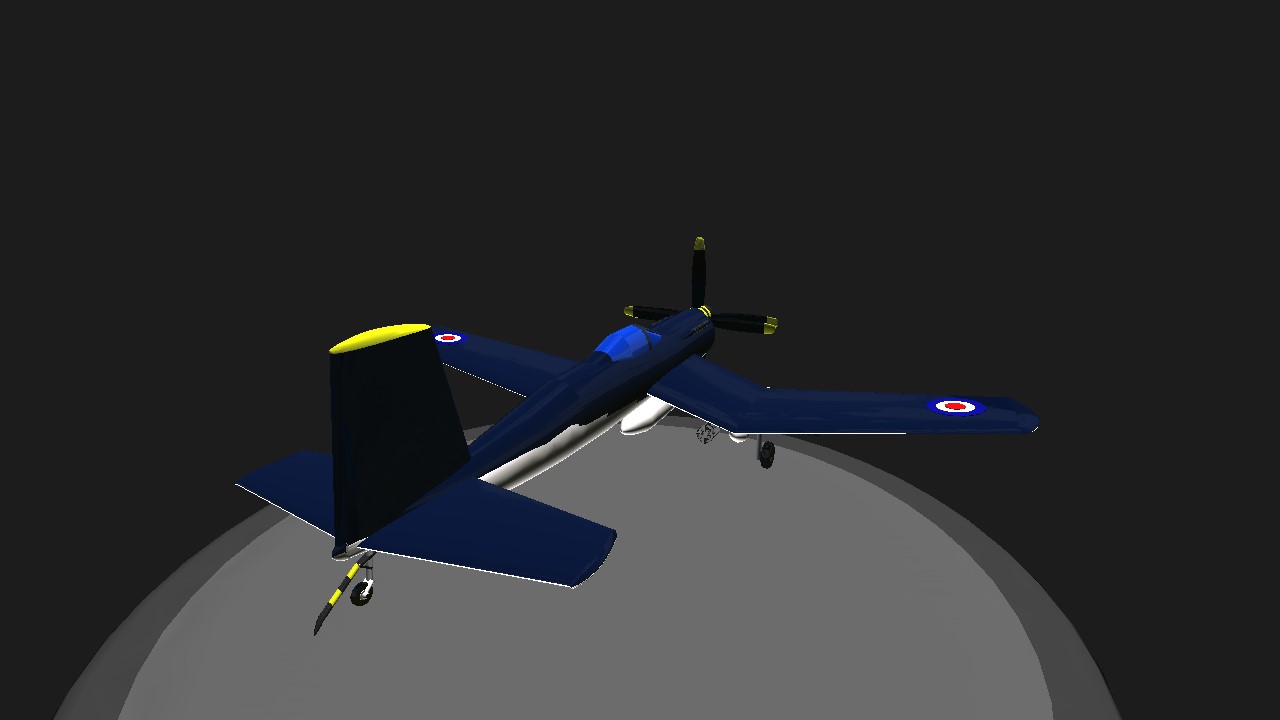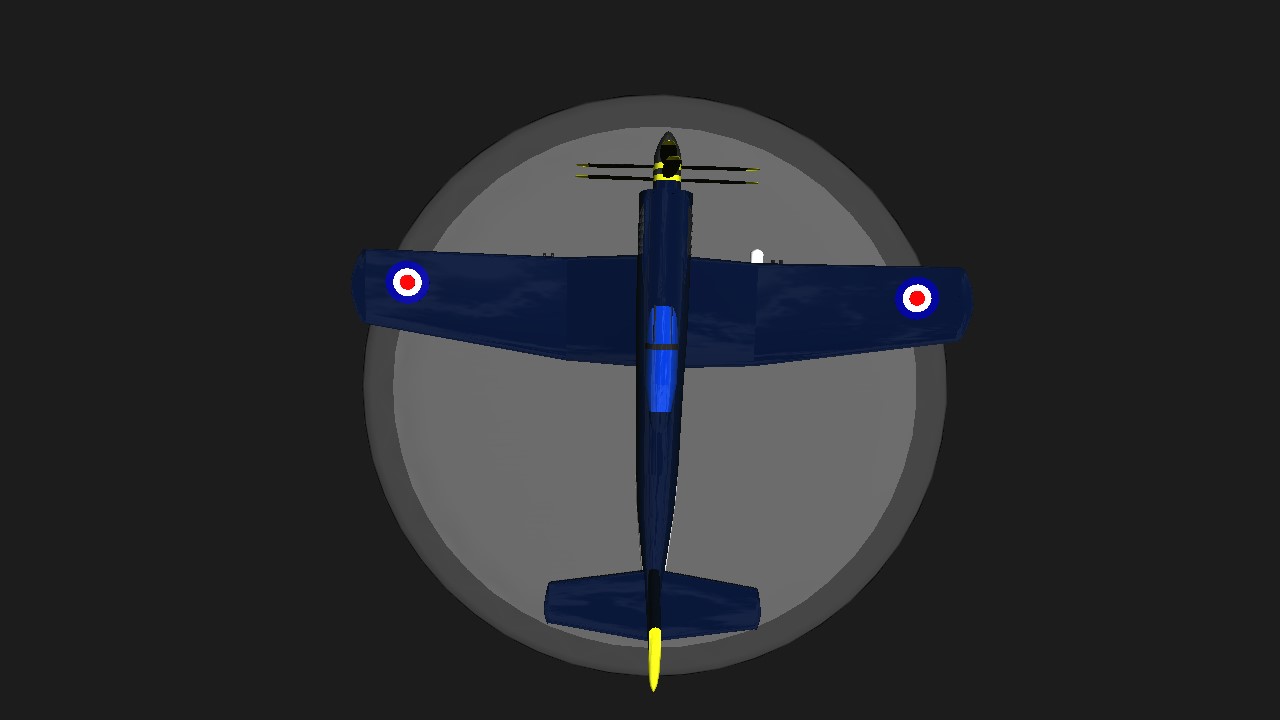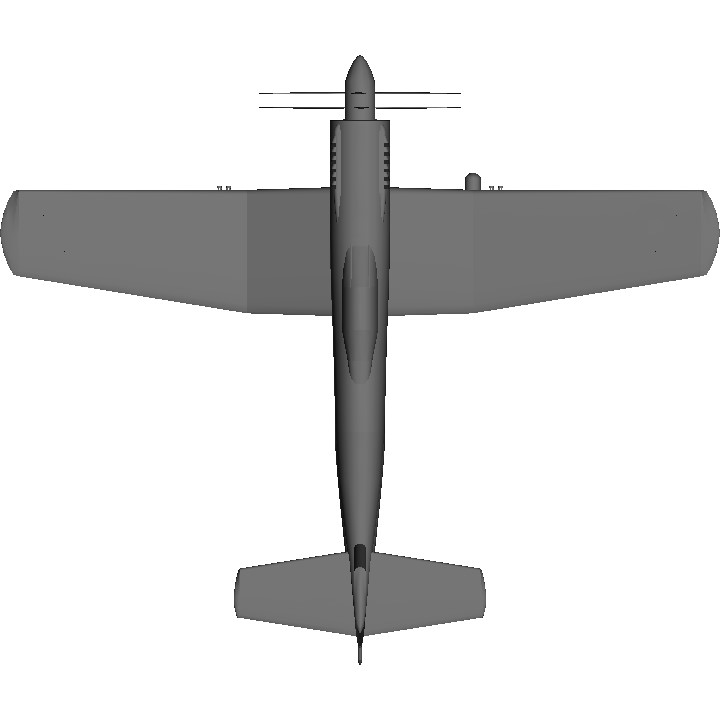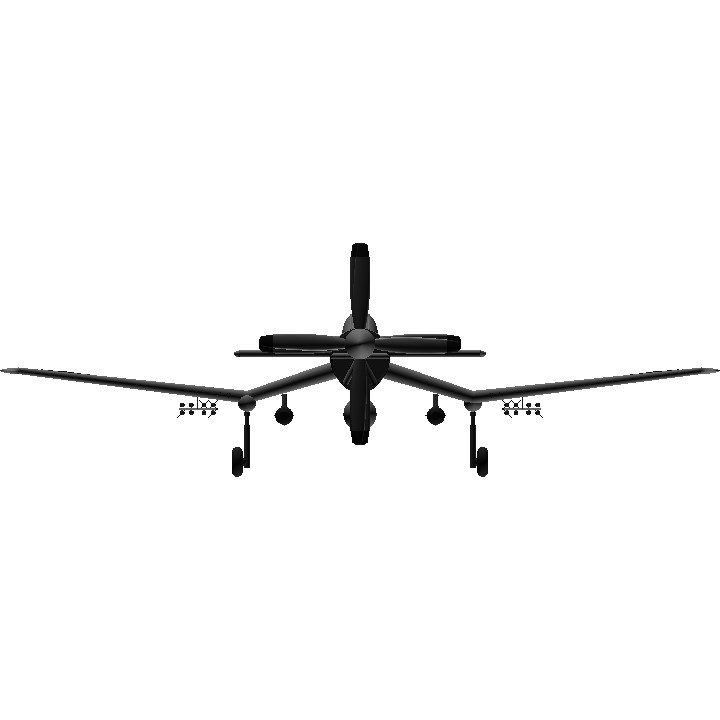After WWII ended early due the US dropping nuclear weapons on Japan, Britain, especially the Royal Navy was left with a huge fleet of aircraft and ships, the Tiger Force, with no real purpose. The Fleet Air Arm was left with hundreds of Vought Corsairs, rapidly becoming obsolete in the jet age. Then, the UK, strapped for cash, was dragged into the Korean War. The Navy sent what little carriers and ships it could, equipped with late-model Spitfires and Fairey Fireflies. It wasn't enough, the Spitfires were excellent dogfighters, even against the MiG-15s the North Koreans were fielding, but they had a short range and were woefully under-armed for the air support role they were needed in. The Fireflies were the opposite, durable, large fuel tanks, well-armed, but slow and sluggish, and they got shredded by the MiGs. Then, Rolls-Royce proposed a solution. They would cannibalise the Griffon engines from the unused Tiger Force aircraft, and bolt them onto the ageing Corsairs. The project became more complex, with wings being strengthened, the canopy being switched for a British bubble canopy "borrowed" from a Hawker Typhoon, and the radiators being nearly tripped in size to cool the massive engine, among numerous other changes. In the end, the project was finished, and it was exactly what was needed. It was fast and durable, an excellent diver and ground-attacker. Yet it was also perfectly capable of holding its own in a dogfight, with the Hispano cannons giving the aircraft quite a kick. It achieved numerous kills, some ambushing enemy aircraft deliberately, and a surprising number where an enemy MiG shot past going much faster after an attack on the aircraft, only to be shot down by the Super Corsair's cannons. The aircraft had... interesting looks, but is was efficient. The pilot's manual called it's looks "utilitarian", the pilots called it damned ugly. The enemy troops learned to fear the rush of air through the colossal radiator, as it often heralded high-explosive death, courtesy of the Super Corsair. The thing was armed to the teeth with bombs and rockets, and the belts equipped were surprisingly good at dealing with T-34s when diving from above. It was even outfitted with a radar under the right wing, for night sorties over Korea. The wide undercarriage track and arrester hook, coupled with good low-speed stability were ideal for carrier operations, and thanks to the shorter, contra-rotating blades, the undercarriage could be shortened for better landing visibility. It far outlived it's expected, stopgap role, and at least 80 were known to be operating with Australia over Vietnam, where its long loiter time and heavy armament were once again a godsend. I think this is a decent return to SimplePlanes, although it doesn't really like looping or sharp turns, and stalls a bit when trying. The controls are pretty standard, trim is trim, flight controls are the usual and VTOL controls the flaps. AG1 detaches the drop tank, which is mostly cosmetic, and AG2 drops the rocket racks after the rockets have been launched. It's not particularly heavily armed to keep the part count low, but it should fly with at least double the current payload. Enjoy! Also I'm really proud of the way the arrester hook retracts, it looks smooth :)
Specifications
Spotlights
- RailfanEthan 6.9 years ago
- Razor3278 6.9 years ago
- ThePrototype 6.9 years ago
- OC3LOT1142 6.9 years ago
- Valiant2017 6.3 years ago
General Characteristics
- Created On Android
- Wingspan 47.8ft (14.6m)
- Length 40.5ft (12.4m)
- Height 15.5ft (4.7m)
- Empty Weight 11,579lbs (5,252kg)
- Loaded Weight 18,098lbs (8,209kg)
Performance
- Horse Power/Weight Ratio 0.303
- Wing Loading 54.5lbs/ft2 (265.9kg/m2)
- Wing Area 332.3ft2 (30.9m2)
- Drag Points 7911
Parts
- Number of Parts 171
- Control Surfaces 7
- Performance Cost 759







ULTRA
CORSAIR
@GhostHTX thanks, found an image off a modelling forum somewhere.
Very nice concept. I like this a lot.